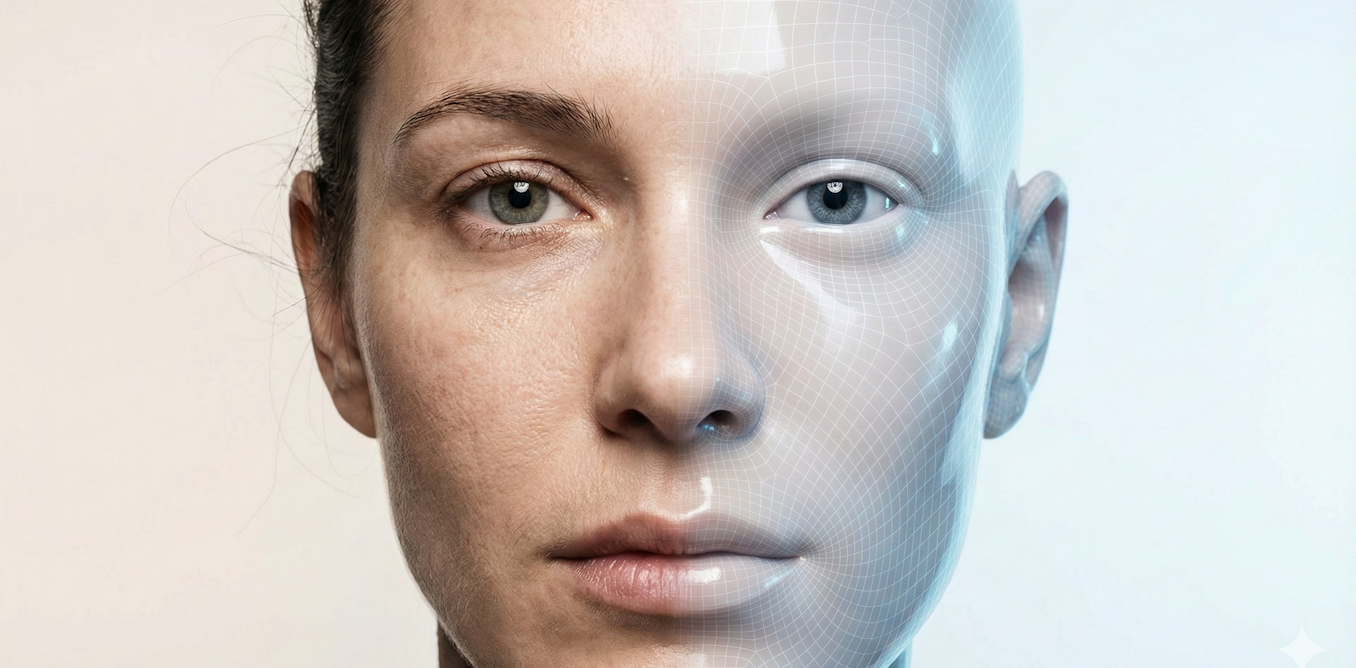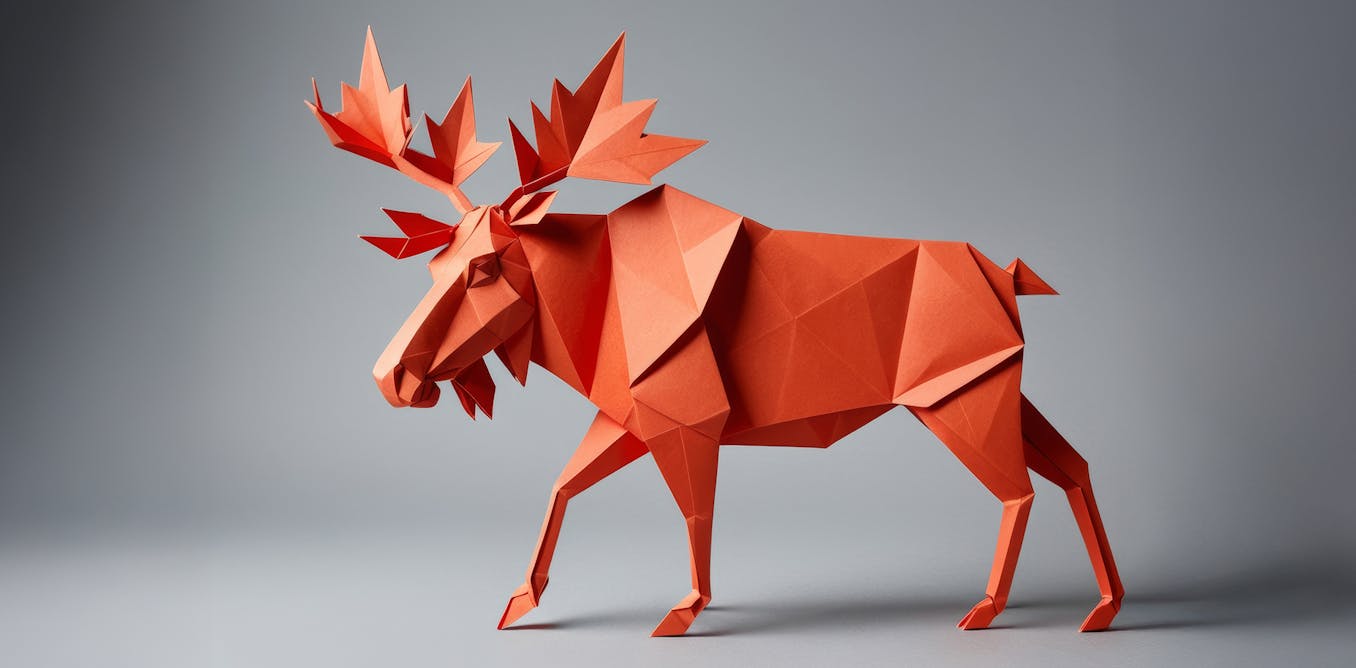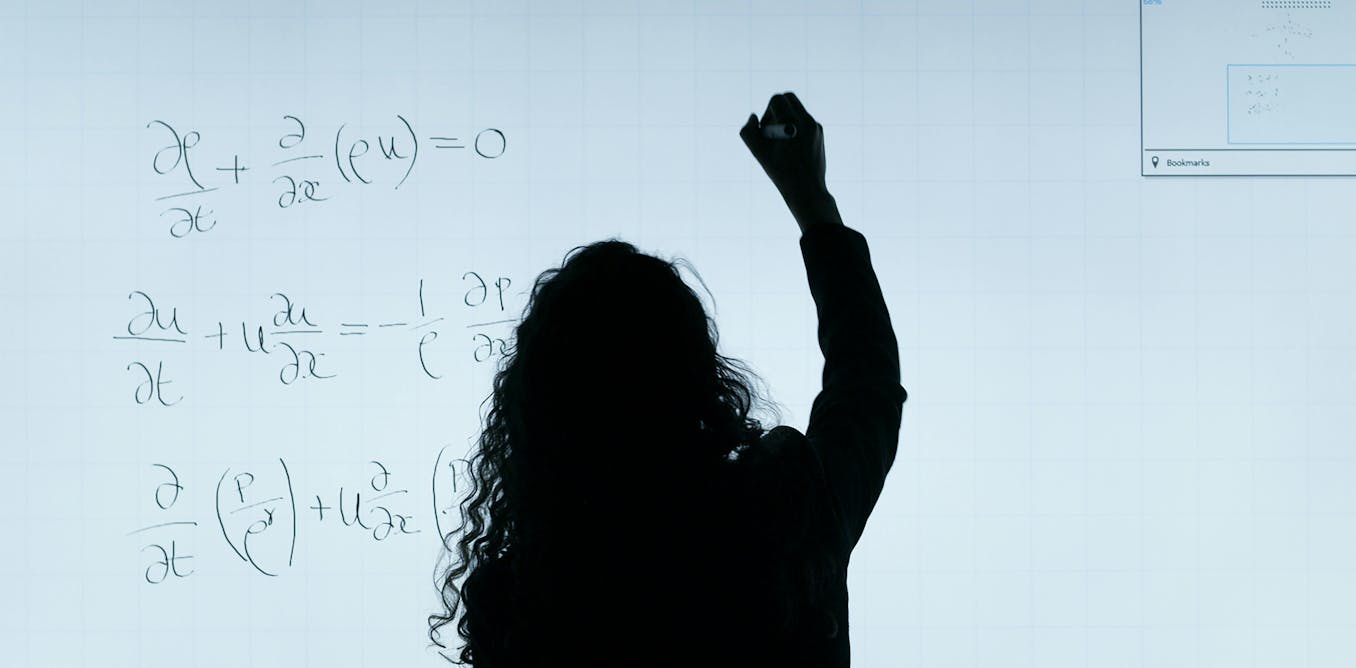Ruzena Bajcsy is one of the founders of the modern field of robotics. With an education in electrical engineering in Slovakia, followed by a Ph.D. at Stanford, Bajcsy was the first woman to join the engineering faculty at the University of Pennsylvania. She was the first, she says, because “in those days, nice girls didn’t mess around with screwdrivers.” Bajcsy, now 91, spoke with IEEE Spectrum at the 40th anniversary celebration of the IEEE International Conference on Robotics and Automation, in Rotterdam, Netherlands.
Ruzena Bajcsy
Ruzena Bajcsy’s 50-plus years in robotics spanned time at Stanford, the University of Pennsylvania, the National Science Foundation, and the University of California, Berkeley. Bajcsy retired in 2021.
What was the robotics field like at the time of the first ICRA conference in 1984?
Ruzena Bajcsy: There was a lot of enthusiasm at that time—it was like a dream; we felt like we could do something dramatic. But this is typical, and when you move into a new area and you start to build there, you find that the problem is harder than you thought.
What makes robotics hard?
Bajcsy: Robotics was perhaps the first subject which really required an interdisciplinary approach. In the beginning of the 20th century, there was physics and chemistry and mathematics and biology and psychology, all with brick walls between them. The physicists were much more focused on measurement, and understanding how things interacted with each other. During the war, there was a select group of men who didn’t think that mortal people could do this. They were so full of themselves. I don’t know if you saw the Oppenheimer movie, but I knew some of those men—my husband was one of those physicists!
And how are roboticists different?
Bajcsy: We are engineers. For physicists, it’s the matter of discovery, done. We, on the other hand, in order to understand things, we have to build them. It takes time and effort, and frequently we are inhibited—when I started, there were no digital cameras, so I had to build one. I built a few other things like that in my career, not as a discovery, but as a necessity.
How can robotics be helpful?
Bajcsy: As an elderly person, I use this cane. But when I’m with my children, I hold their arms and it helps tremendously. In order to keep your balance, you are taking all the vectors of your torso and your legs so that you are stable. You and I together can create a configuration of our legs and body so that the sum is stable.
One very simple useful device for an older person would be to have a cane with several joints that can adjust depending on the way I move, to compensate for my movement. People are making progress in this area, because many people are living longer than before. There are all kinds of other places where the technology derived from robotics can help like this.
What are you most proud of?
Bajcsy: At this stage of my life, people are asking, and I’m asking, what is my legacy? And I tell you, my legacy is my students. They worked hard, but they felt they were appreciated, and there was a sense of camaraderie and support for each other. I didn’t do it consciously, but I guess it came from my motherly instincts. And I’m still in contact with many of them—I worry about their children, the usual grandma!
This article appears in the December 2024 issue as “5 Questions for Ruzena Bajcsy.”

The post “5 Questions for Robotics Legend Ruzena Bajcsy” by Evan Ackerman was published on 11/28/2024 by spectrum.ieee.org





















